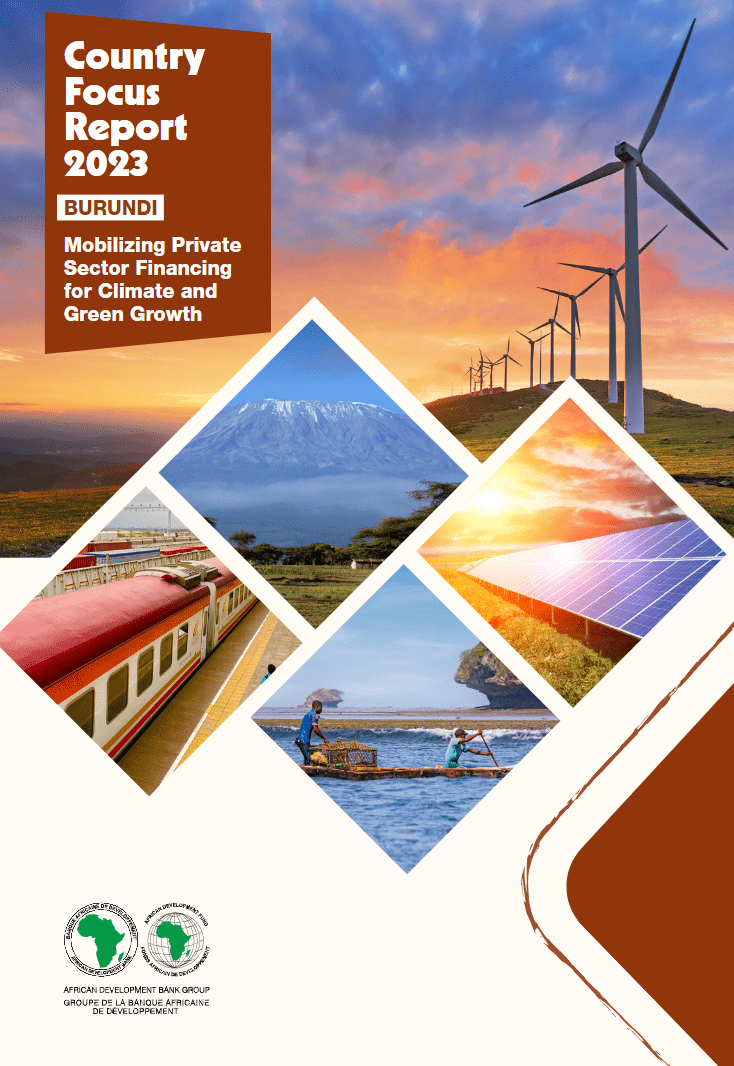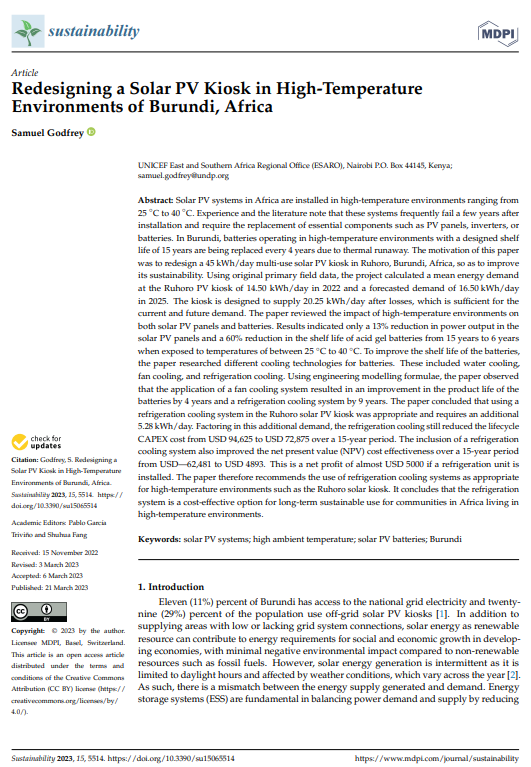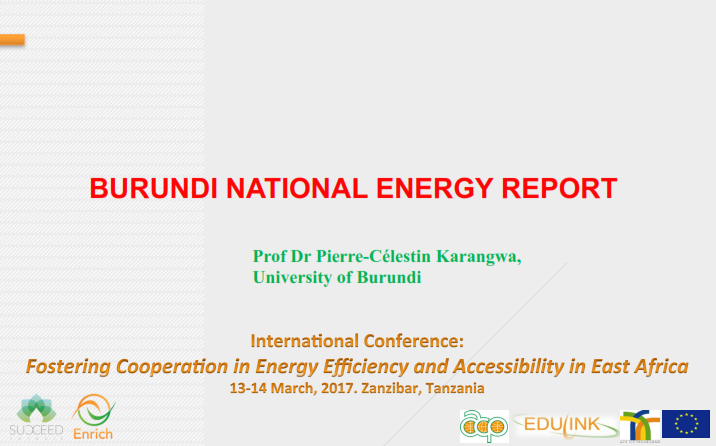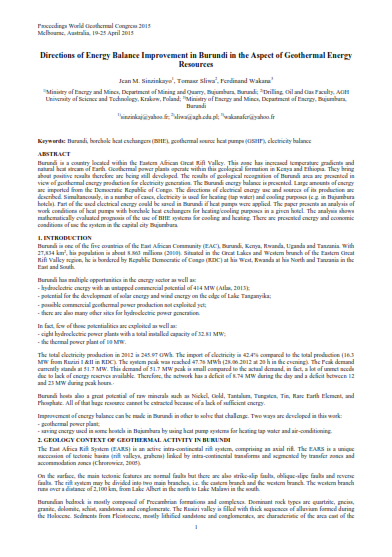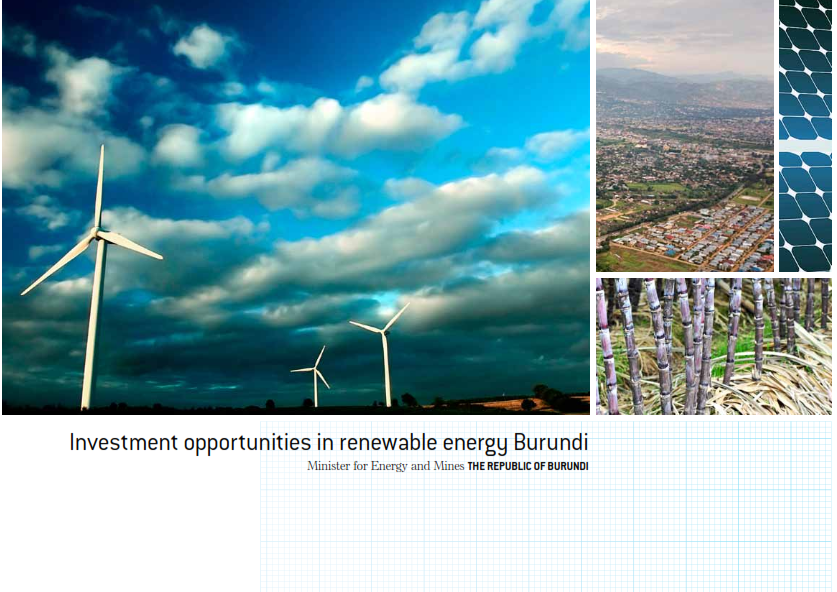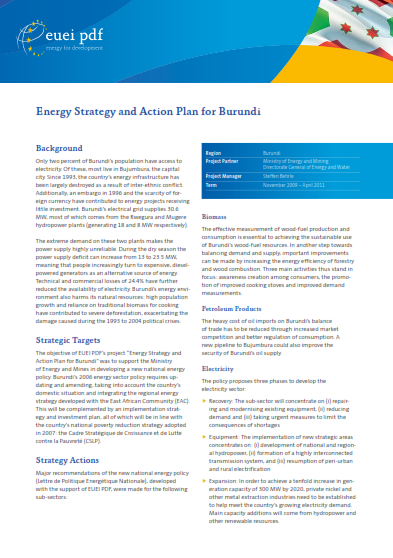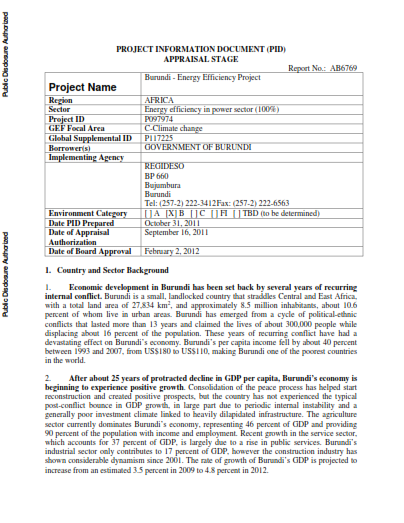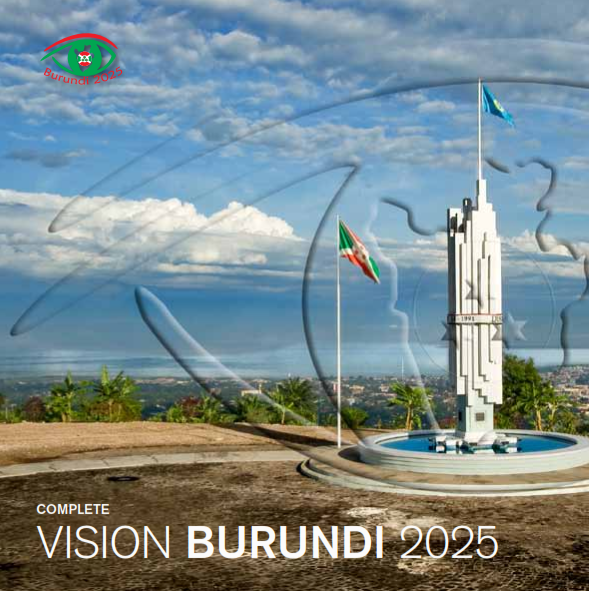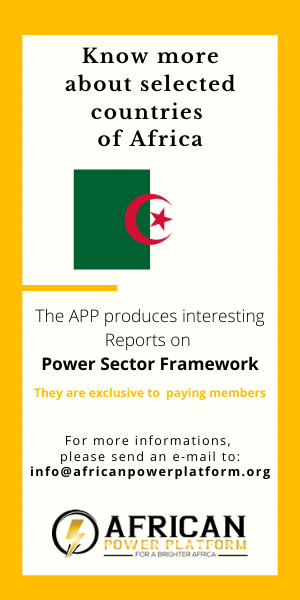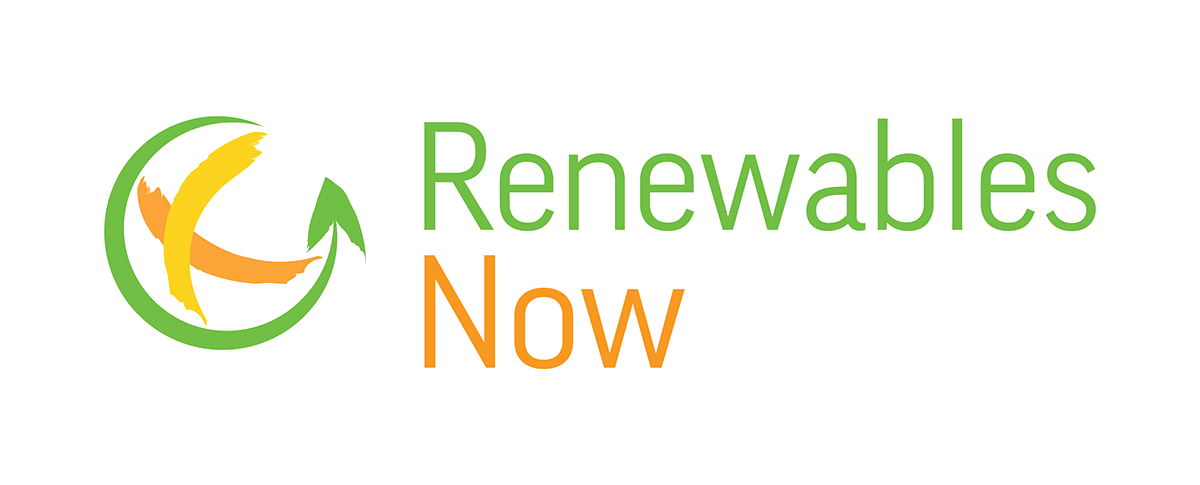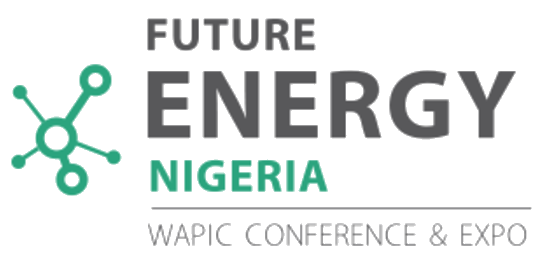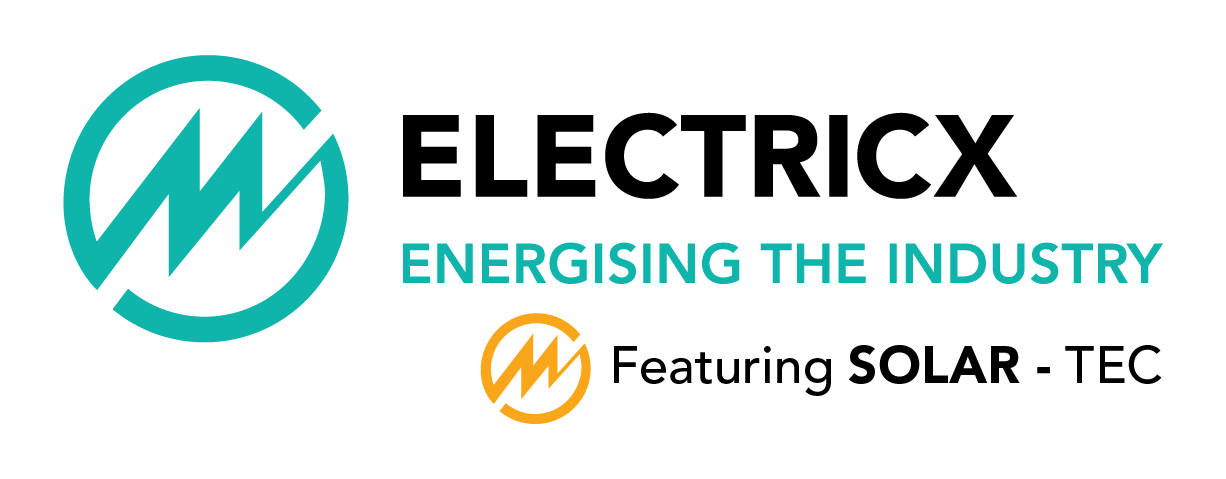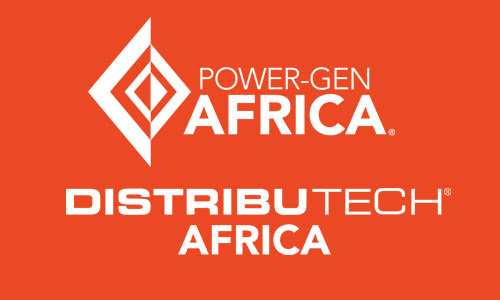We post here the relevant reports for the power sector in Burundi. Feel free to join our efforts and share us any other you may have found. We'd be glad to add them to the list. Just send an email to This email address is being protected from spambots. You need JavaScript enabled to view it.
Publication date: 28 September 2023
Author: African Development Bank (AfDB)
Description: GDP growth for Burundi accelerated to 4.0 percent in 2022 from 3.1 percent in 2021 following a recovery from 0.3 percent contraction in 2020, which was largely attributed to the COVID-19 pandemic. The growth in 2022 was driven by investment in public infrastructure projects. Growth is projected to rise to 4.5 percent in 2023 and 4.6 percent in 2024, driven by public investment in the transport and energy sectors.
Visit Website >>
Publication date: 21 March 2023
Author: MDPI / Sustainability
Description: Solar PV systems in Africa are installed in high-temperature environments ranging from 25 °C to 40 °C. Experience and the literature note that these systems frequently fail a few years after installation and require the replacement of essential components such as PV panels, inverters, or batteries. In Burundi, batteries operating in high-temperature environments with a designed shelf life of 15 years are being replaced every 4 years due to thermal runaway. The motivation of this paper was to redesign a 45 kWh/day multi-use solar PV kiosk in Ruhoro, Burundi, Africa, so as to improve its sustainability. Using original primary field data, the project calculated a mean energy demand at the Ruhoro PV kiosk of 14.50 kWh/day in 2022 and a forecasted demand of 16.50 kWh/day in 2025.
Download Report >>
Visit Website >>
Publication date: 2017, March
Author: University of Burundi
Description: The energy sector is largely under the responsibility of the government, but private participation and investment have been fostered by rules and regulations and by the establishment of public tendering processes.
Download Report >>
Publication date: 2016
Author: University of California, Berkeley
Description: Gigawatt Global Coöperatief U.A. is a multinational renewable energy company focused on the development and management of utility-scale solar fields in emerging markets.
Download Report >>
Publication date: 2016
Author: Clyde & Co
Description: The Ministry of Energy and Mines (MEM) has the overall responsibility for the energy sector. The policies and programs are implemented through the Directorate General of Water and Energy (DGEE), and the Agence Burundaise pour l'Electrification Rurale (ABER). The DGEE is responsible for preparing sector policy, legislative and regulatory texts.
Download Report >>
Publication date: 2015, April
Author: Ministry of Energy and Mines
Description: Burundi is a country located within the Eastern African Great Rift Valley. This zone has increased temperature gradients and natural heat stream of Earth. Geothermal power plants operate within this geological formation in Kenya and Ethiopia. They bring about positive results therefore are being still developed. The results of geological recognition of Burundi area are presented in view of geothermal energy production for electricity generation.
Download Report >>
Publication date: 2012, October
Author: Ministry of Energy and Mines
Description: Burundi is a country facing considerable challenges in terms of energy. An insufficient electricity supply cannot keep up with the growing demand – a situation that has resulted in the use of diesel driven generators and importation of electricity. It is necessary to eliminate the deficit as soon as possible, but also to go beyond just solving the deficit and make long term investments in energy installations to ensure continuous economic growth.
Download Report >>
Publication date: 2011, November
Author: EUEI PDF
Description: Only two percent of Burundi’s population have access to electricity. Of these, most live in Bujumbura, the capital city. Since 1993, the country’s energy infrastructure has been largely destroyed as a result of inter-ethnic conflict. Additionally, an embargo in 1996 and the scarcity of foreign currency have contributed to energy projects receiving little investment. Burundi’s electrical grid supplies 30.6 MW, most of which comes from the Rwegura and Mugere hydropower plants (generating 18 and 8 MW respectively).
Download Report >>
Publication date: 2011, September
Author: WB
Description: Economic development in Burundi has been set back by several years of recurring internal conflict. Burundi is a small, landlocked country that straddles Central and East Africa, with a total land area of 27,834 km2 , and approximately 8.5 million inhabitants, about 10.6 percent of whom live in urban areas. Burundi has emerged from a cycle of political-ethnic conflicts that lasted more than 13 years and claimed the lives of about 300,000 people while displacing about 16 percent of the population.
Download Report >>
Publication date: 2011, June
Author: Burundi Gov
Description: The development and the adoption of Vision Burundi 2025 is occurring in a context of major political change marked by the restoration of peace and safety and a favorable socio-economic outlook. The purpose of the Vision is to equip Burundi with a planning instrument for shared development for the next generation, in order to work out policies and strategies for sustainable development. This Vision has been formulated on the basis of a participatory approach and reflects a national consensus.
Download Report >>
Publication date: 2009, September
Author: AfDB
Description: The Report is important for several reasons. First, it provides the Government, the donor community and the private sector with a detailed assessment of infrastructure investment opportunities in Burundi and the wider region. It proposes an Action Plan to develop these opportunities, and in so doing, helps fill the gap created by the absence of master plans for the development of the electric power, transport and communications sectors. It can therefore be used to inform and support the Government's ongoing dialogue with donors and the business community about the further development of these sectors. Increased coordination within this partnership can improve the alignment of investments with the national objectives, as set out in Burundi's Poverty Reduction Strategy Paper (PRSP) of 2006, and regional priorities for infrastructure development within the EAC. In this way, the Report can contribute to the overall efficiency of the development process in Burundi.
Download Report >>





